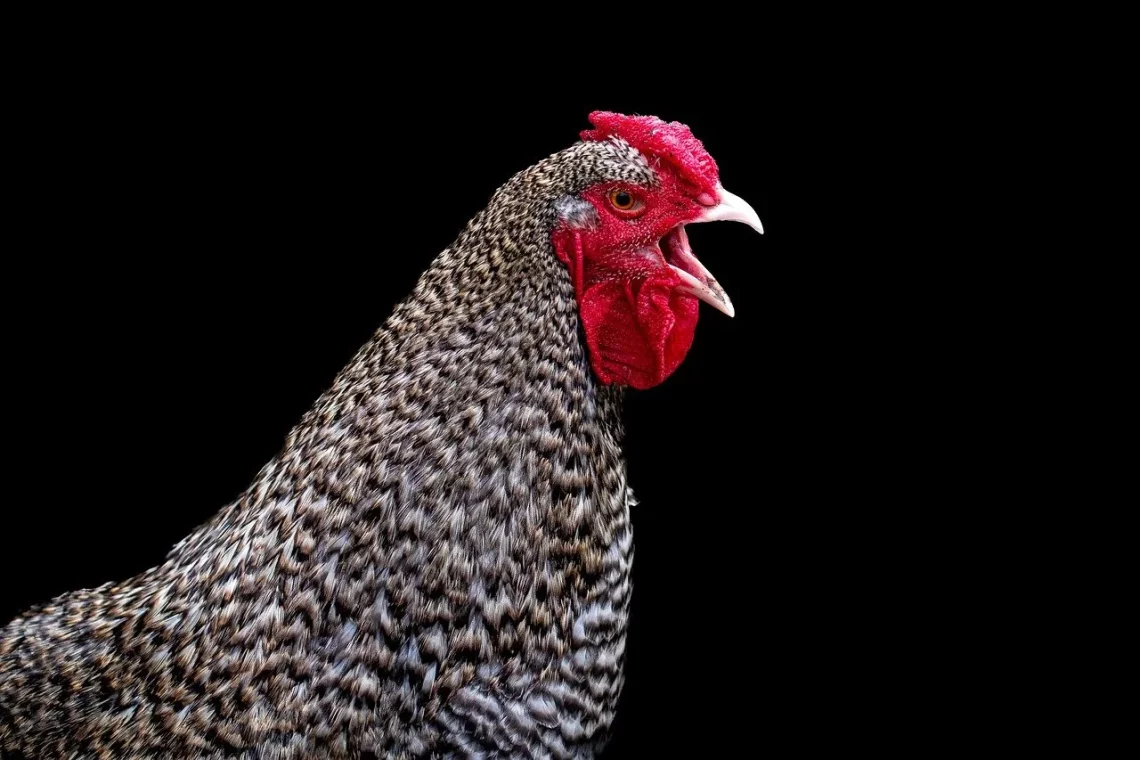
Understanding the Chicken Age Chart for Optimal Care and Growth
Raising chickens can be a rewarding endeavor for both novice and experienced poultry enthusiasts. Understanding the various stages of a chicken’s life is crucial for providing the best possible care, ensuring optimal growth, and maintaining overall well-being. Chickens, like all animals, have specific needs that change as they age. From the moment they hatch, chicks undergo rapid development, requiring different types of nutrition, housing, and socialization. As they grow, their requirements continue to evolve, and recognizing these changes can significantly impact their health and productivity.
The chicken age chart serves as a vital tool for anyone involved in poultry farming or backyard chicken keeping. It helps in identifying the developmental milestones of chickens, allowing caregivers to adjust their care practices accordingly. By understanding the age-related needs of chickens, you can prevent common issues such as stunted growth or health problems. This knowledge not only enhances the quality of life for your flock but also promotes better egg production and meat quality if you’re raising them for consumption.
In this article, we will explore the different stages of a chicken’s life, the specific care required at each stage, and how to utilize the chicken age chart effectively to ensure your birds thrive.
The Lifecycle of Chickens: An Overview
The lifecycle of chickens can be divided into several distinct stages, each characterized by unique developmental milestones. The journey begins at the incubation stage when fertilized eggs are kept under the right conditions to hatch. Once the chicks emerge, they enter the chick stage, which typically lasts for the first few weeks of their lives. During this time, they are incredibly vulnerable and require attentive care to ensure their survival.
Chicks need a warm and safe environment, provided by a brooder, where they can stay during their early days. The temperature in the brooder should be maintained at around 95°F (35°C) for the first week, decreasing by 5°F each subsequent week until they are fully feathered. Proper ventilation and space are also essential to prevent overcrowding, which can lead to stress and health issues.
As the chicks grow, they enter the pullet stage, which spans from about six weeks to six months. During this time, their nutritional needs shift from a high-protein starter feed to a grower feed that supports their development into healthy young hens. This stage is critical for developing strong bones and muscles, as well as preparing them for eventual egg production. Socialization with other chickens is also important during this phase, as it helps them establish a pecking order and learn essential behaviors.
Once the chickens reach maturity, they enter the hen or rooster stage, depending on their sex. Hens typically start laying eggs around 5 to 6 months of age, while roosters may begin to exhibit mating behaviors and crow around the same time. Understanding these developmental timelines enables chicken keepers to provide age-appropriate care, ensuring their flock remains healthy and productive throughout their lifecycle.
Feeding Requirements at Different Stages
Nutrition is a pivotal aspect of raising healthy chickens, and their dietary needs change significantly as they age. Newborn chicks require a high-protein starter feed that is specially formulated to support their rapid growth. This feed usually contains around 20-24% protein, essential vitamins, and minerals that promote healthy development. It’s important to ensure that chicks have access to fresh water and the appropriate feed at all times, as dehydration can quickly lead to serious health issues.
As chicks transition into the pullet stage, their diet should shift to a grower feed containing around 16-18% protein. This change is critical as it supports their growth without leading to excessive weight gain, which can hinder their development and future egg-laying capabilities. It is also beneficial to introduce a small amount of grit to their diet during this stage, as it aids in digestion and helps them process their feed more efficiently.
When chickens reach maturity, they require layer feed if they are hens. Layer feed typically contains around 16% protein along with added calcium, which is essential for strong eggshell formation. It’s also important to provide access to oyster shell or crushed limestone as a calcium supplement, especially for laying hens. For roosters, a grower feed is generally sufficient, as their protein needs are slightly lower than those of hens.
In addition to the primary feed, offering supplemental treats such as fruits, vegetables, and grains can enhance the diet and provide additional nutrients. However, treats should only make up a small portion of their overall diet to ensure they receive balanced nutrition. By understanding the specific feeding requirements at different stages, chicken keepers can promote optimal growth and health for their flock.
Housing and Environment Considerations
The environment in which chickens are raised plays a crucial role in their overall health and well-being. During the chick stage, it is essential to provide a warm, clean, and safe brooder environment. The brooder should be spacious enough to allow movement while ensuring that the chicks can easily find food and water. Bedding materials, such as pine shavings or straw, should be kept clean and dry to prevent the buildup of harmful bacteria.
As chickens grow and transition into the pullet stage, their housing needs will change. They require more space to move around and establish social hierarchies. A well-ventilated coop with adequate space per bird is essential to prevent stress and aggression. The general guideline is to provide at least 4 square feet of indoor space per bird and 10 square feet of outdoor space in a run.
During the mature stage, hens need access to nesting boxes for laying eggs. Providing a comfortable and safe space for laying is critical to encourage regular egg production. Nesting boxes should be placed in a quiet and dimly lit area of the coop to create a conducive environment for laying.
Additionally, outdoor access is vital for the overall health of chickens. Free-ranging allows them to forage for insects and plants, which can supplement their diet and improve their quality of life. However, it’s essential to ensure that outdoor spaces are secure from predators and have adequate shelter to protect them from harsh weather conditions.
Maintaining cleanliness in the coop and run is also crucial for preventing disease. Regular cleaning schedules should be established to remove waste and replace bedding, ensuring a healthy environment for the flock. By being mindful of housing and environmental considerations, chicken keepers can foster a thriving and productive flock.
Monitoring Health and Behavior
Monitoring the health and behavior of chickens is an essential aspect of poultry care. Chickens can exhibit a range of behaviors that indicate their health status, and being observant can help identify potential issues early on. Regularly checking for signs of illness or distress, such as lethargy, changes in appetite, or abnormal droppings, is crucial for maintaining flock health.
In the chick stage, it’s important to watch for signs of pasty butt, a condition where droppings clog the vent, which can be fatal if not addressed promptly. Keeping the brooder clean and dry can help prevent this issue. As chicks grow, they may also display signs of stress or discomfort, such as pecking at each other or excessive vocalization. Providing enough space and resources can mitigate these behaviors.
In the pullet stage, monitoring for feather pecking or bullying becomes vital. Establishing a proper pecking order is normal, but excessive aggression can lead to injuries and stress. Introducing new birds gradually and providing plenty of enrichment can help reduce aggressive behaviors.
For mature chickens, regular health checks should include monitoring their weight, feather condition, and overall appearance. Signs of illness in laying hens can also include irregular egg production, shell quality issues, and changes in egg size. Keeping a close eye on these factors can help you identify health problems early, allowing for timely intervention.
Additionally, vaccination and parasite control should be part of a comprehensive health management plan. Consult with a veterinarian or poultry expert to establish a vaccination schedule and deworming regimen tailored to your flock’s needs. By being proactive in monitoring health and behavior, chicken keepers can ensure that their birds remain healthy and productive throughout their lives.
In conclusion, understanding the chicken age chart and the associated care requirements at each life stage is crucial for optimal chicken health and productivity. This knowledge empowers poultry enthusiasts to provide appropriate nutrition, housing, and health monitoring, ultimately leading to a thriving flock.
**Disclaimer:** This article is not intended as medical advice. For any health-related concerns regarding your chickens, it is recommended to consult with a qualified veterinarian.




